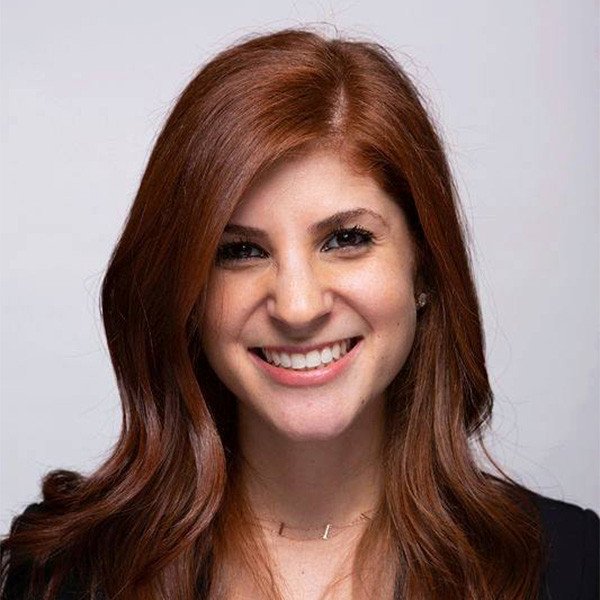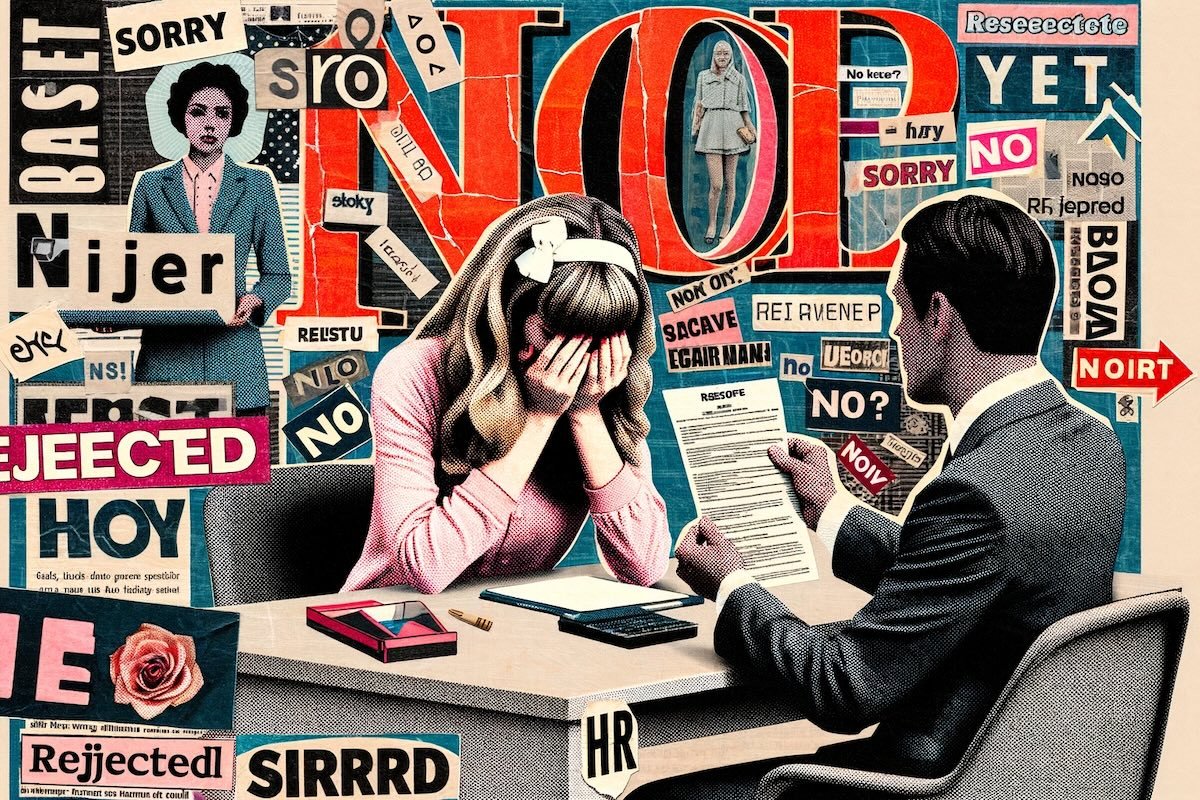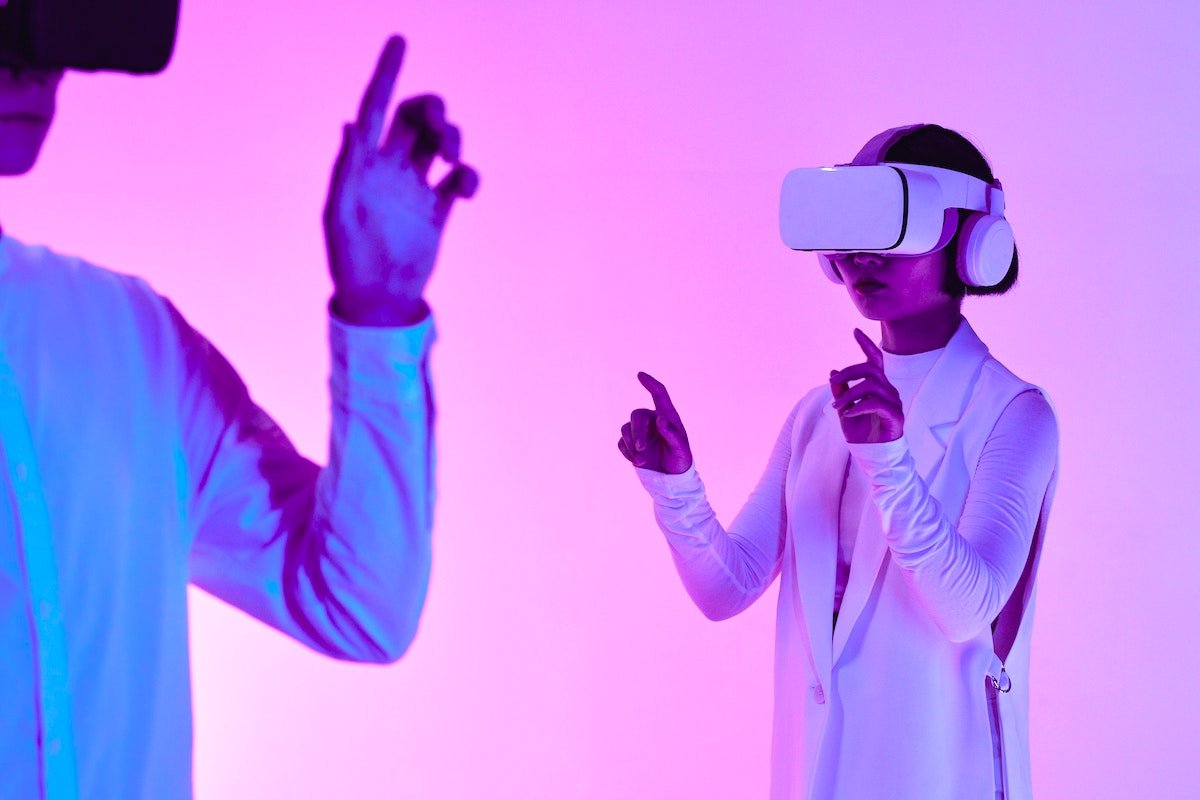Recruiters and hiring managers spend an average of six to seven seconds reviewing each resume.
This statistic alone can be stressful, however, knowledge is power.
If you know that someone will be skimming your resume, it’s important to
build a resume that will work in your favor and highlight all that you have to offer in just a few seconds.
“Resumes have been used for over 500 years, and while the delivery has evolved, the purpose of a resume, meaning “to summarize,” remains essential to begin the process of distilling the unique impact you bring to a role,” explains Career Contessa Coach, Margaret Brown.
Let's dive into the most crucial resume trends that will ensure that your resume's "six or seven seconds" are worth it.
1. Highlight Your Soft Skills
When it comes to writing a resume that will be effective, it’s important to highlight the value you hold as a candidate.
Unlike technical skill, soft skills should be highlighted through actions. For example, instead of listing “communication skills” on your resume, consider adding a bullet that illustrates how you communicated with others:
“Liaises with C-level executives and key decision makers to align goals and account priorities across the division.”
2. Don't Shy Away from a Career Break
As a certified professional resume writer, I discuss this a lot with my clients. It can seem as though it’s important to have a perfect career path where you happily go from one job to the next in order to gradually progress forward in your career, however, this is rarely the case.
Most people, whether they are recruiters, hiring managers, or C-level executives, have had some sort of a career break or non-linear path within their career.
Whether it was a chosen career break or an unexpected career break, most people can look back and find some point in their career where they were unemployed. If this is the case for you, don’t be ashamed of this!
The key to successfully
showing a career break on your resume is to discuss what you did in that time. You may not have held a corporate role, but that doesn’t mean that you didn’t experience something that adds value and experience.
If you "took a break" to raise your kids, you took on the hardest job on the planet, parenthood! With parenthood comes crucial life skills such as adaptability, flexibility, and multi-tasking. Add this to your resume! If you traveled, add this in and discuss how you navigated cultural barriers.
The biggest mistake people make when it comes to career breaks is leaving a big blank space on their resume. When you simply ignore a career break and leave a gap in your employment without explanation, it leads the reader to make assumptions about you and your career, which are often wrong.
Pro Tip: Provide context for your career break in your cover letter
If you want to discuss your career break further, your cover letter is a great place to do so! Global Recruiting & Talent Acquisition Leader Ginny Cheng explains, “I'm seeing more people including cover letters even if there's not a requirement to give context any résumé gap or career pivots and to reiterate why they are passionate about the company or products.”
3. Share Your Professional Social Profiles
Not everyone has professional social profiles outside of LinkedIn. However, if you’re in the realm of marketing, content creation, graphics, or other fields in that scope of work, creating social profiles might be beneficial. Social profiles can serve as portfolios and can provide prospective employers with insight into your style, your experience, and projects you’ve worked on in the past.
Pro Tip: Creating and maintaining professional social profiles are also great ways to network with the thought leaders in your industry.
When you share content on LinkedIn, it opens up discussion and
networking opportunities with other thought leaders in your industry.
LinkedIn allows you to include media with your job descriptions, so you can add graphics or marketing collateral from a project you worked on. Cheng goes on to note that people “rely on their LinkedIn for more details.” Adding the specifics about a project, linking press you generated, or including other media on your profile can add insight as to what you’ve accomplished without cluttering your resume.
4. Show + Tell Your Remote Work Experience
Anyone can say that they’re great at their job, but in order to persuade the reader that this is actually true, it’s important to showcase this on your resume.
Integrate achievements you’ve made during your time
working remotely to highlight your success working in virtual environments. Share how you scheduled (or re-scheduled your day), how you communicated, your remote management style, and how you added the personal touch to your work in lieu of being in the office from day to day.
Consider sharing detailed remote work experiences like this:
“Lead global teams to foster inclusivity and trusted relationships within a remote environment, and received 98 percent effectiveness ratings on recent company satisfaction and productivity surveys.”
5. Use Action Words (Not Buzzwords)
Action words convey what you actually did versus what your responsibilities were.
If you’re still using phrases such as “responsible for” or “tasked with”, your resume is not going to clearly paint the picture of your accomplishments.
Instead, focus on these key three elements to show you accomplishments in action:
- What you did
- How you went above and beyond in your role
- The value that this can provide for a future employer
This will create a stronger tone in your resume and provide the reader with the sense that you are proactive and thoughtful in your role and in your work.
5. Include a Resume Headline + Summary
The
resume headline is such an important and underutilized piece of an effective resume strategy. By highlighting your skills and some powerful phrases towards the top of your document, you’ll make it easy for the reader to tell if you’re qualified for the position quickly.
If you have the qualifications and can quickly illustrate that, you’ll make much more of an impact. If a recruiter or hiring manager has to dig through text to find the information they’re looking for, chances are that they’ll simply pass the document up and opt for a more reader-friendly resume that they can quickly scan.
Consider pointing out any honors and awards, as well as some achievements in your headline to make it as powerful as possible.
“Seasoned business development leader with proven experience leading companies from startup through multimillion-dollar acquisition.”
or
“Award-winning social media executive with a proven track record of leading global teams to build brand affinity and generate exponential reach through innovative content and storytelling”
6. Focus on Data-Driven Accomplishments
Consider this: When someone makes a claim in court, there needs to be evidence to back up that claim. On your resume, you are claiming that you’re great at what you do, so you need to provide evidence (data) to back up that claim.
By integrating data, metrics, and specific details into your resume, you are providing evidence for potential employers that you are great at your job and that you will be a valuable hire.
If your job doesn’t give you many numbers to work with, consider your “data” to be specific information about achievements you’ve made.
- Have you secured relationships with notable brands?
- Have you built partnerships that helped the company penetrate a new market?
- Have you created new opportunities for roles in your department?
If you don’t have numbers to share, this kind of information is just as powerful.
7. Ditch the Conventional Order
Some of the most interesting stories ditch traditional timelines.
The traditional reverse chronological format would lead you to simply list out your career history in order from most recent to least, and a functional resume focuses more on the skillset you have without emphasis on your actual career path.
In my experience, a hybrid-style resume works best. This is where that resume headline and summary come into place. Start with your
resume outline, the consider how you can mix it up to make it more engaging.
By starting off with a strong resume headline and a summary of skills catering to the job you’re applying for, you’ll essentially be creating a functional section of your resume before moving into the reverse chronological order of things.
Traditional resume etiquette is to place your education info towards the top of your resume, but unless you’re currently in school or are a recent graduate, put education information towards the bottom. If you need to provide an explanation as to why you don’t have much experience (and you're writing
an entry-level resume) or don’t have corporate experience in a specific area (if you’re making a career transition), adding your education information above your career history can help give perspective to this.
Otherwise, unless you’re in a field that requires specialized degrees such as medicine or law, your experience will be more important than your education.
8. Create a Human Resume and an ATS-Friendly Resume
The key to an effective resume is to build a document that is effective when a human looks at it (ultimately, a human will be the one to hire you), while also being effective when put through an
applicant tracking system.
If you’re in a design-focused field, consider having one document that can be submitted for positions online, and one document that can be submitted when leveraging your connections to be delivered directly to the hiring manager.
If you’re considering building a custom document designed for the company (i.e., a resume that is designed to look like a Spotify playlist for an application at Spotify), make sure to be cognizant of how you are applying to the position. If you build a document in Adobe InDesign or Photoshop, it may not be easily read by an applicant tracking system.
Even if your resume is stellar, if it can’t make it past the ATS, it won’t do you any good. This would be the place to apply with a document that you’ve built in Word, then send in your custom-designed document to the recruiter or hiring manager once they’ve contacted you.
If you’re leveraging your connections and have a way to get your resume in front of the right person immediately, feel free to send over the custom-designed document!
9. Tailor Your Resume to the Company or Position
When applying for a position, take note of the company, and see if any of your past experience aligns with their mission or their clients. Any time you can draw a connection between your experience and the job and/or company, it’s important to do so!
True Story: My friend's mom owned a cupcake shop that we all worked in throughout high school. I never thought that it would add a ton of value to my resume, but when I found out that the PR company where I was applying for an internship had a big cupcake bakery as their client, I added it to my resume. Sure enough, when I went in for an interview, they zeroed in on the cupcake shop experience and asked me all about it. I doubt this is the main reason I got the job, but it did give me a great talking point in order to establish a connection with the hiring team!
Resume Design Trends
10. Digital Resume with Links to Your Work
Gone are the days of dropping off your resume at the front desk of a company, or handing a hard copy of your resume to a friend to pass along. In the digital age, companies want to see
your resume in PDF format to reduce the amount of physical clutter and maintain an easily searchable, organized method for reviewing resumes.
When referencing a piece of media, consider linking it to your resume. This will make your resume more interactive and allows the reader to explore your work if they desire, and will provide context to your experience. Some digital works you can link to in your resume include:
- Press you’ve generated
- A campaign you worked on
- Other public collateral
- Published writing
Additionally, adding a link to your email or your social profiles can make it easier for the reader to contact you, which is an added bonus!
11. Clean Resume That Includes Only the Most Pertinent Information
If you go onto Pinterest or look pretty much everywhere online, you’ll see current resume trends—including beautifully designed, minimalist resumes.
Aesthetically, these can be beautiful, but don't substitute design for actual content.
A minimal resume might look nice, but if it doesn’t hold the information needed to get you to the next step of the application process, it won’t make a difference. White space is important, so your resume shouldn’t be completely dense with text, however including a one-sentence description of your current role probably won’t get you the job offer.
Your resume should be clean and easy to read. This means including your most relevant work experiences, and leaving the other information off. Examples of information you might leave off your resume could be unrelated work experience that overlaps with other roles, (i.e., if you picked up a side job to make extra cash) or prior roles from a different career path.
Think of your resume like a movie trailer that highlights the best parts of your career to entice the reader to learn more about you. You don’t need to include every project you worked on; instead, focus on the most noteworthy of the bunch.
12. Resume Page on Your Online Portfolio
If you have built an online portfolio, consider having a resume page that viewers can click through.
This can be in the form of a downloadable PDF that a recruiter or hiring manager can save, or you can integrate your resume text into the actual website so that it aligns with the branding of your portfolio.
Pro Tip: Align your resume, cover letter, online portfolio, and your social media accounts (your online presence) with the same branding. Using the same color scheme, fonts, and graphics can make your personal brand appear much more polished and professional.
13. Personal Statement Resume (Prioritize the "Story" of Your Career and Who You Are)
This goes back to your
headlining statement and
summary of skills towards the top of the document. This section will help tell your story instead of just focusing on your career path. When writing your resume, consider what makes you uniquely qualified for your role.
How have you gone above and beyond to make yourself stand out?
Keywords are important to include because applicant tracking systems are designed to pick them up. However, it’s equally important to create a document that shows who you truly are as a candidate—outside of simply "keyword stuffing" your resume.
Brown notes that “As a coach, one of the biggest ‘career blocks’ I notice when my clients write their own resume is they often diminish their professional experience and the unique value they bring.
Partnering with a resume writer ensures you are accurately and intentionally empowering yourself while orchestrating all ‘tools’ that exist in our modern world to spotlight what matters most—opening doors that fully embrace you!”
14. Match Your Resume and Cover Letter
When submitting your resume and cover letter, be sure to use the same letterhead and/or formatting for both. Matching your resume and cover letter creates a more cohesive personal brand, and can make your documents appear more polished.
In addition, sending in formatted documents shows that you’ve put effort into your application, and can make it easy for the reader to identify that both documents belong to you.












